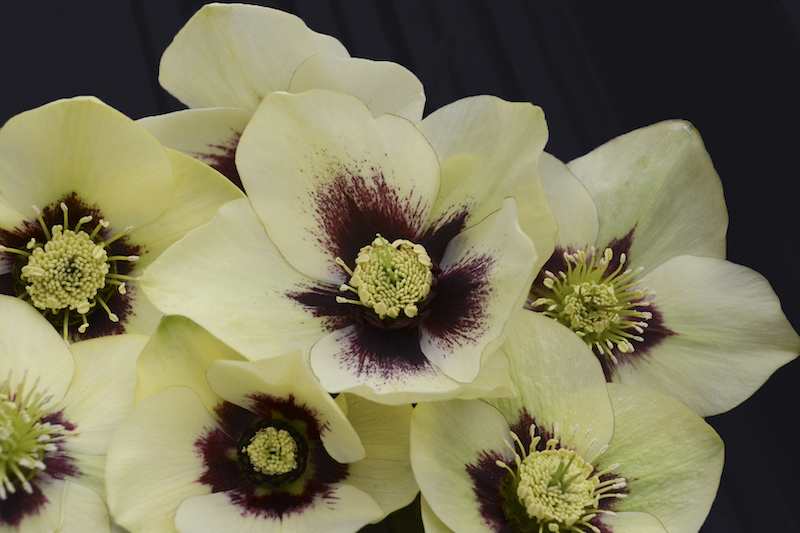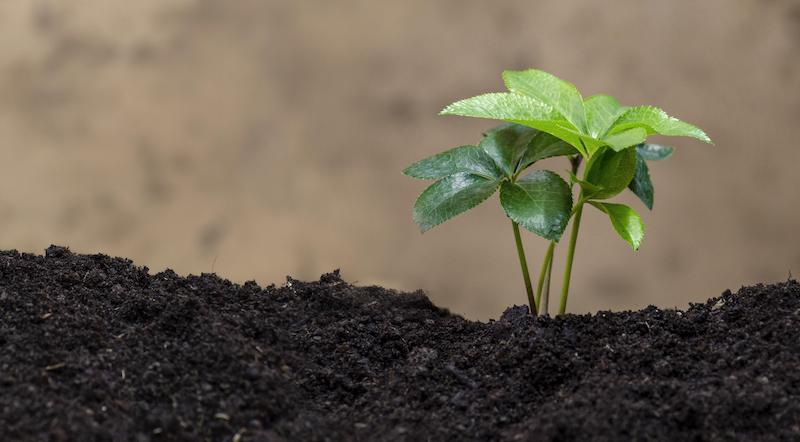Hellebore is a long-lived evergreen perennial that blooms in early winter in mild climates and late winter to early spring in cold-growing conditions. Its common name is Lenten rose. The name comes from its rose-like long-lasting blossoms that are open during the Christian season of Lent. It is resistant to voles, deer, and other animal pests.
Adding hellebore to your shade gardens is a great way to brighten up dark spots with early flowers. Blossoms are available in a wide variety of colors and hues. Hellebore adds green to your winter garden, and its early blooms let you know spring will be arriving soon.

What You Need To Plant Hellebore
- Hand trowel
- Gardening gloves
- Watering can
- Balanced fertilizer or compost
Where to Plant Hellebore
Plant hellebore in a shady location or a spot that receives filtered sunlight such as under a deciduous tree. This plant grows best in well-draining soil. Plant hellebore at a depth where its crown is slightly above the soil surface. If planted too deeply, flower production will be reduced.
Hellebore Spacing
Space hellebore 18 to 24 inches apart. These plants need room to spread as they mature. No support is necessary. Rain and snowmelt drip off its downward-facing flowers without being harmed. They can be planted 12 to 18 inches from other spring-flowering plants to provide hellebore with the space it needs. Snowdrops, crocus, and muscari are ideal flowering companion plants.
Steps To Plant Hellebore
Select a shady or dappled shade location. Gather a watering can or sprayer hose, compost, and a slow-release granular fertilizer and place them nearby.
Step 1 - Gently release the hellebore from the nursery container it was grown in. Do not pull it out by the stem.
Step 2 - Loosen any roots growing around the edge of the soil clump. If the soil is dry, dip the root ball into a shallow pan of water to make it easier to separate the roots.
Step 3 - Use a hand trowel to dig a hole wide and deep enough to accommodate the plant's root system. The hole should be deep enough so that the hellebore’s crown will be just below the backfilled soil surface.
Step 4 - Stir fertilizer into the backfill soil.
Step 5 - Add the plant to the hole and backfill.
Step 6 - Gently press down the soil around the base of the plant to eliminate air pockets.
Step 7 - Apply layer of compost around the root zone.
Step 8 - Water well so that the moisture will reach the plant’s root system.

When to Plant Hellebore
The best time to plant hellebore depends on your climate. In warm locations where the soil doesn’t freeze, plant them in early spring. In colder zones, plant hellebore in early autumn. When autumn planting, insert hellebore in the garden at least 5 or 6 weeks before the ground freezes to give the roots time to become well established. Since hellebore prefers to grow in shady locations, it's acceptable to plant them at any time of the day.
Transplanting Hellebore
In general, hellebore doesn't require division unless there is no room for the clump to spread. The best time to divide or transplant hellebore is in the spring. When dividing a hellebore plant, cut it into sections with at least two crowns. Replant in a shady or dappled sun location and water well.
 |
Author Maureen Farmer - Published 07-04-2022 |
